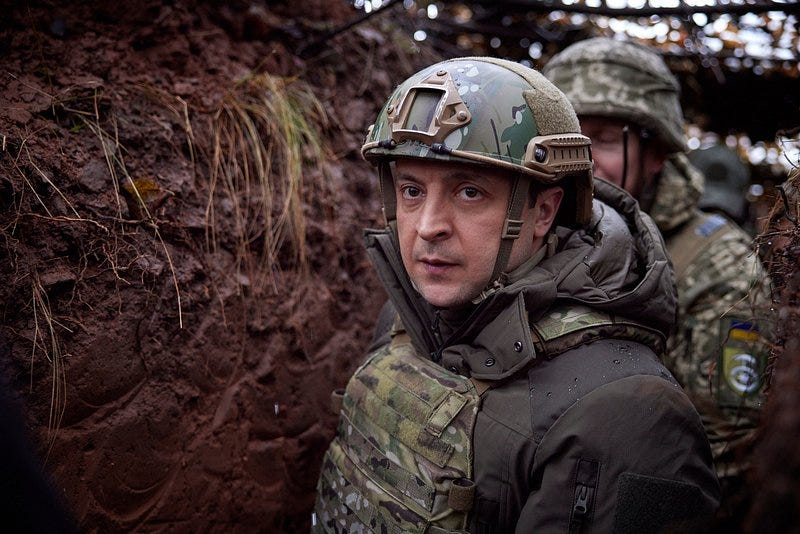
“Recently, they were flying like a swarm that does not cease for three or four hours. Bombs right in front of the windows,” recalled Khrystyna Reshetnik to CNN, about the new reality for families in Kyiv as Russia ramps up its aerial campaign using record drone swarms. For Ukraine, front lines are not only quantifiable in kilometers advanced or retreated but in continuous adaptation of technology and tactics by both parties.
New warnings from President Volodymyr Zelensky and military leaders underscore a sobering fact: Moscow’s ambitions are not fading. Rather, Russia seems to be readjusting its goals, broadening its territorial ambitions, and taking advantage of emerging waves of military innovation. With Ukraine striking back with its own lightning-fast improvements in drone warfare and battlefield creativity, the war is redefining the very fabric of contemporary war. Here are nine key observations on Russia’s shifting course and Ukraine’s high-tech defense.

1. Russia’s Expansionist Designs Now Include Odesa and Beyond
President Zelensky’s recent speech at the Ukraine South East Europe Summit was unambiguous: Russia’s military strategy marks an intent to capture Odesa and march all the way to Moldova and Romania borders. It would not only isolate Ukraine from the Black Sea but also pose a threat to the stability of southern Europe. Zelensky threatened, “Russian military plans signal an intention to advance through Odesa and advance to the borders of Moldova and Romania,” United24 reported. This scenario represents a stark escalation, with the Kremlin seeking to use Ukraine as a jump-off point for deeper European aggression. The security implications in the region are significant, as such a step would have Russian troops on the doorstep of NATO.
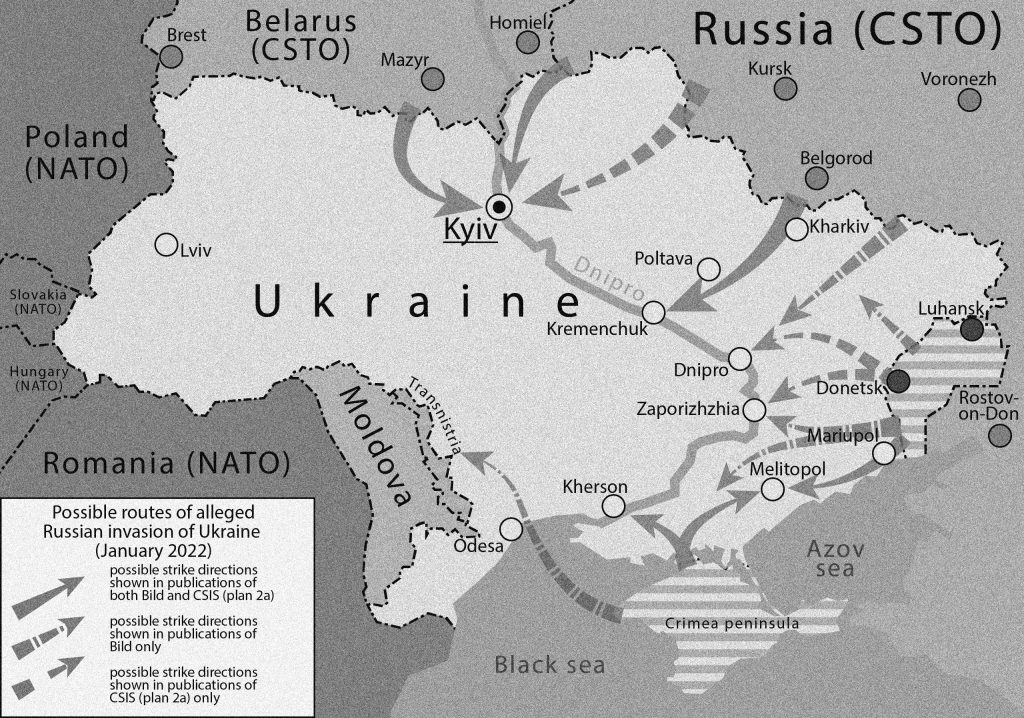
2. Moscow’s New Map: Setting Sights on the Dnipro and Black Sea
Deputy Head of the Ukrainian Presidential Office Colonel Pavlo Palisa recently revealed a map outlining Moscow’s new ambitions. Russia, as Politico reports, wants to take all land west of the Dnipro River, including Mykolaiv and Odesa Oblasts. If achieved, it would almost double the land grabbed in the first few months of the 2022 invasion. The Institute for the Study of War explained that such aspirations match “long-standing Russian territorial goals and current proclamations by pro-Kremlin voices in the information sphere.” The scope of this proposal would not only cut off Ukraine from access to the seas, but it would also radically change the power balance in Eastern Europe.
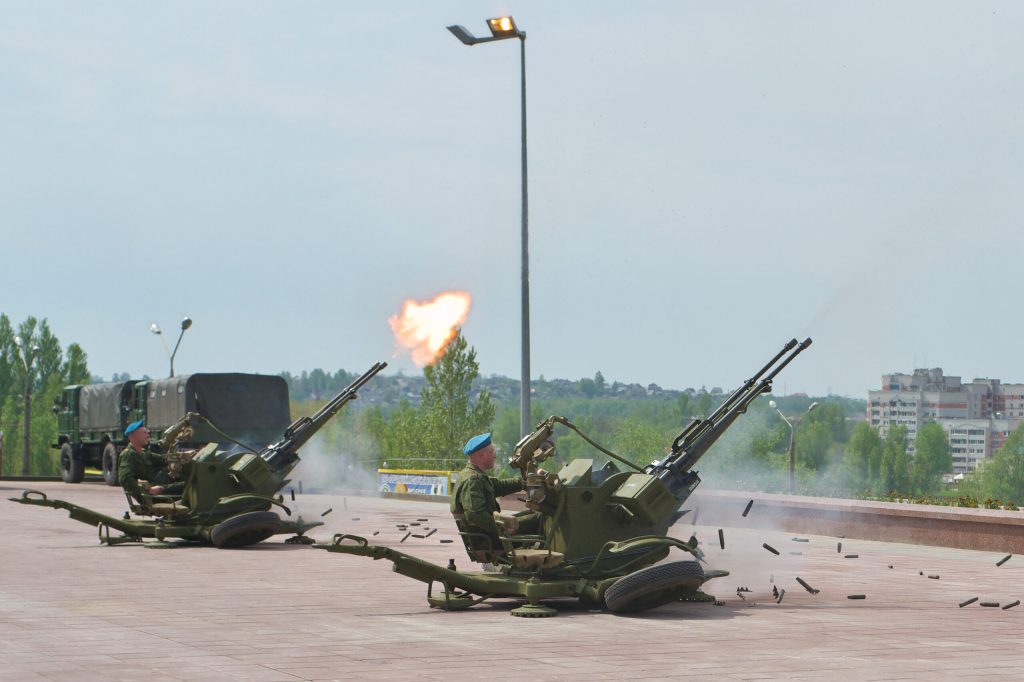
3. The Race Against Time: Russia’s Conquest Timeline
Moscow’s time frame of operations is ambitious but telling. Colonel Palisa reported that Russian troops plan to take the entire Donetsk and Luhansk Oblasts by September 2025, then turn to establishing a buffer zone and capturing the remainder by the end of 2026. However, the Institute for the Study of War estimated that Russia’s current advance rate—only 50 to 80 kilometers in fifteen months—grew short of what would be needed. Major challenges still abound in the form of strongly fortified Ukrainian positions and the daunting task of traversing key rivers such as the Dnipro. Shortages of manpower and material losses also raise questions over Russia’s capacity to hit these deadlines, though the intention itself is a testament to a long-term commitment towards expansion.

4. Drones Redefine the Battlefield: The Era of Precise Mass
Ukraine’s pioneering exploitation of drones has radically changed the dynamics of the conflict. In the bold “Operation Spider’s Web,” Ukrainian troops allegedly employed 117 attack drones to target deep within Russian territory, destroying up to forty-one aircraft, including strategic bombers. As Council on Foreign Relations analyst Michael C. Horowitz noted, “the mix of AI and autonomous weapons, precision guidance, and commercial production means that low-cost precision strikes are now available to nearly any state or militant group” (Operation Spider’s Web). This democratization of precision warfare is compelling both sides to reassess classical military doctrine and spend lavishly on countermeasures.
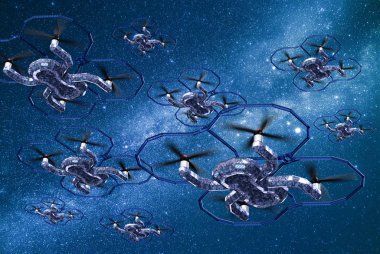
5. Swarms and Counter-Swarms: Russia’s Drone Surge
Russia has exponentially ramped up drone manufacturing, producing as many as 2,700 Shahed drones a month and sending drones in swarms of as many as 400 a single night (CNN). The employment of decoy drones also makes Ukrainian air defenses more difficult by causing them to spend precious resources targeting the possibly unarmed drones. Oleksiy Melnyk, a Ukrainian former defense official, said that “rather than hitting a little bit here and there, they mass the strikes and can maximize the effect, both kinetic and psychological.” The psychological impact on civilians is staggering, with children in Kyiv now distinguishing between the sound of missiles and drones as nighttime attacks become the norm.

6. Ukraine’s Drone Innovation: From FPV to Fiber-Optic Control
Ukraine’s swift embracement of drone technology is a hallmark of its defense. First-person-view (FPV) drones, previously short-range reconnaissance platforms, have been transformed into multipurpose platforms for bombing, signal retransmission, and even intercepting enemy drones. AI modules integrated into them allow autonomous flight and automatic target detection, while fiber-optic drones, kept tethered to prevent jamming, can stay up to 50 kilometers from their controllers (CSIS). President Zelensky recently acknowledged, “We have the technology. The question is when we will be able to expand.”

7. The Battle for the Rivers: Bridging and Barriers
Rivers like the Dnipro and Oskil have become natural defensive lines, with both sides racing to establish and destroy bridges under fire. According to Forbes, military bridging operations are one of the most complicated maneuvers of contemporary warfare, requiring speed, coordination, and survivability against drone and artillery attacks (Forbes). Ukraine’s drone and electronic warfare advantage has broken up Russian attempts to cross, but neither Russia nor Ukraine has gained the decisive advantage. The result of these river battles will most likely determine the future tempo and direction of the war.
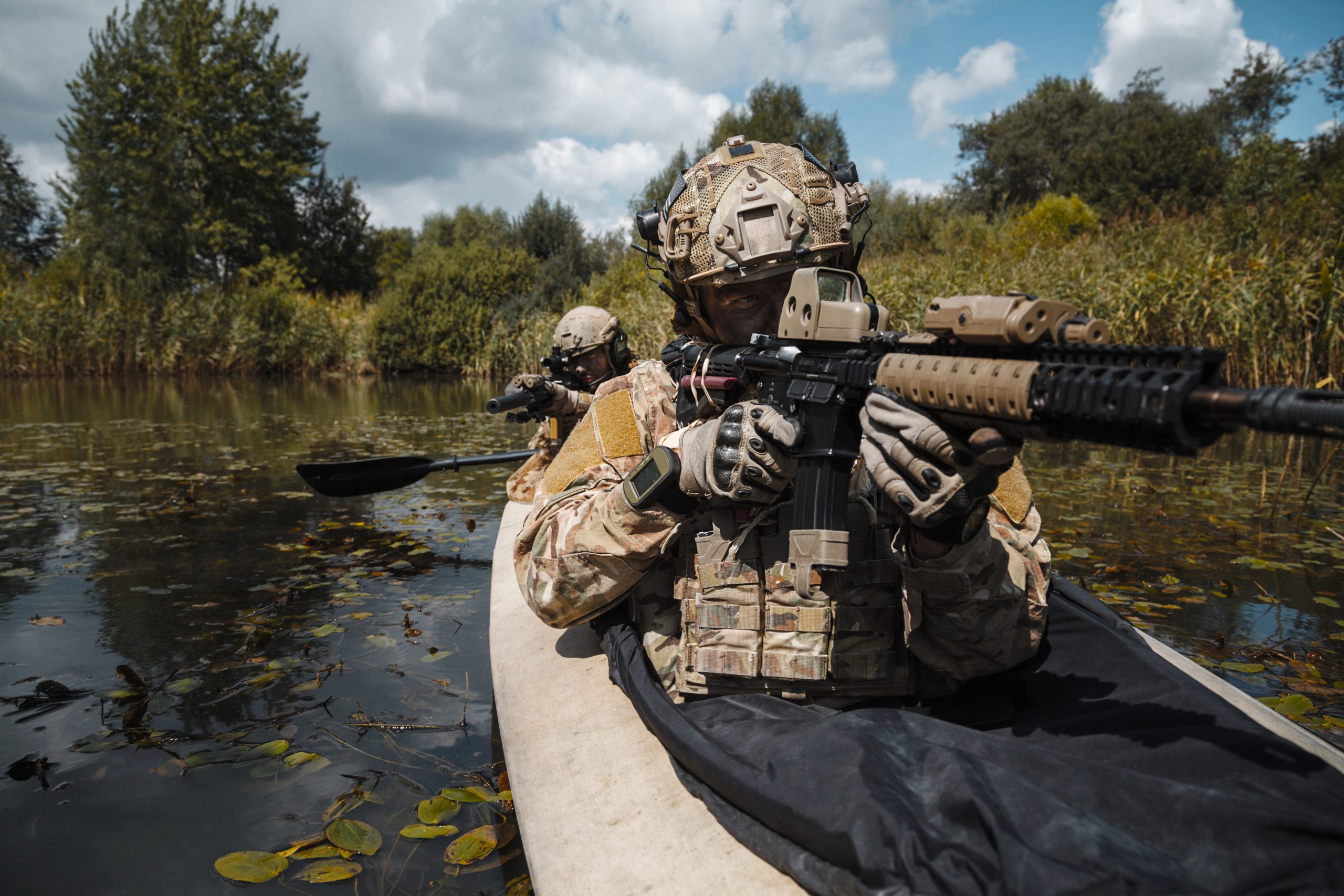
8. Crossing the Dnipro: A Tactical Success and a Risky Venture
Ukraine’s recent achievement of creating bridgeheads over the Dnipro River is a reflection of its creativity and determination. As the Lowy Institute observed, “crossing the river and then starting an advance is a significant tactical accomplishment” (Lowy Institute). Yet the situation is still tenuous: Ukrainian troops on the eastern side have limited artillery cover and must get supplies by boat or raft. The operation could be a strategic diversion as well as a warning to Russia that Crimea is within sight, but overextension is a real risk.

9. The Future of War: AI, Autonomy, and the Race for Innovation
Both the Russians and the Ukrainians are now leaders at integrating artificial intelligence into battlefield systems. Neither has yet attained fully autonomous swarming, but AI-powered drones with terminal guidance and target recognition are now ubiquitous. As CSIS’s Samuel Bendett has noted, “drones have been absolutely paramount. They fill the battlespace. They provide reconnaissance. They provide intelligence. They provide overwatch over the entire battlefield.” Innovation is accelerating, with new systems being created and deployed in weeks, not years. The implications are already being felt in military strategy around the globe, ushering in a new age of waging war.

The war between Russia and Ukraine is no longer a game of land but a testing ground for the character of war. While Russia aggressively seizes ever-wider horizons and Ukraine hits back with unrelenting ingenuity, the world is seeing the beginning of a new strategic model—one in which drones, artificial intelligence, and fast thinking could be as significant as tanks and trenches. The result is unclear, but the stakes for international security and the military arts are unmistakable.


